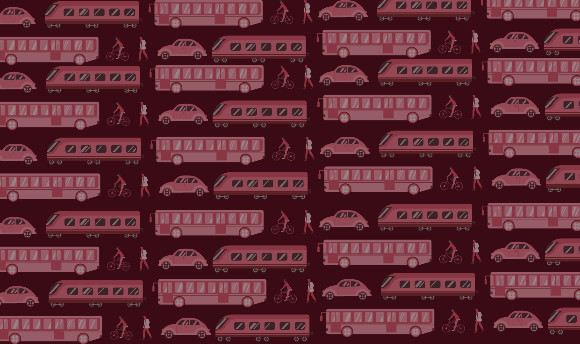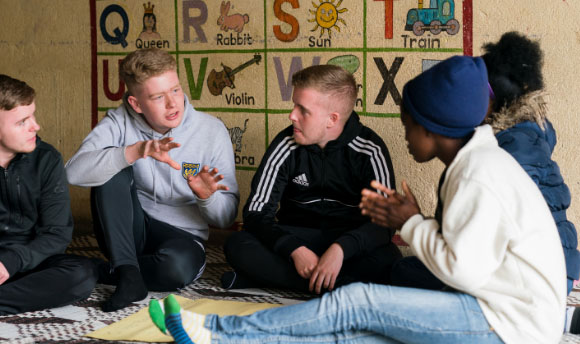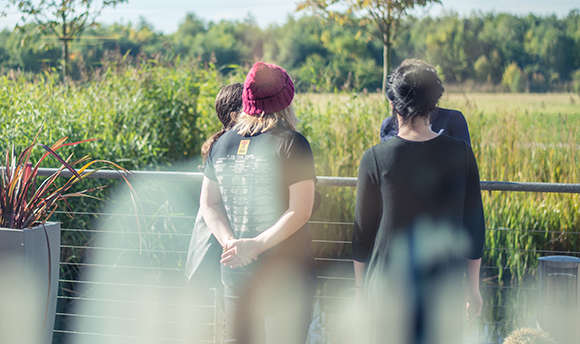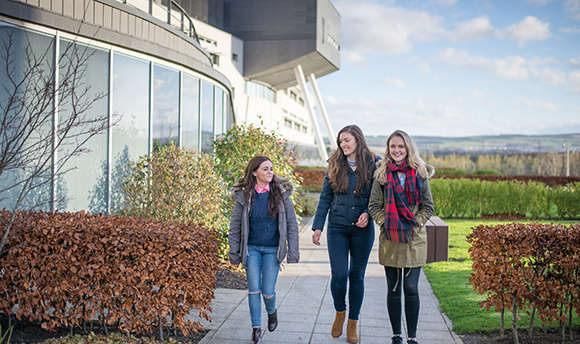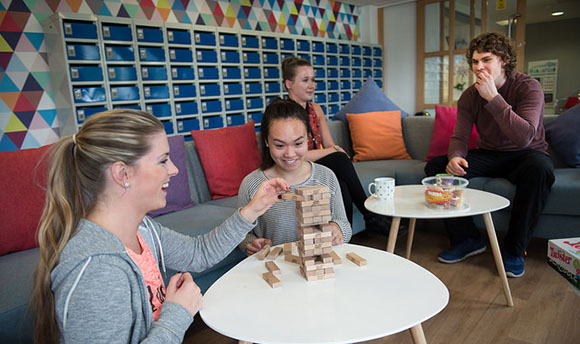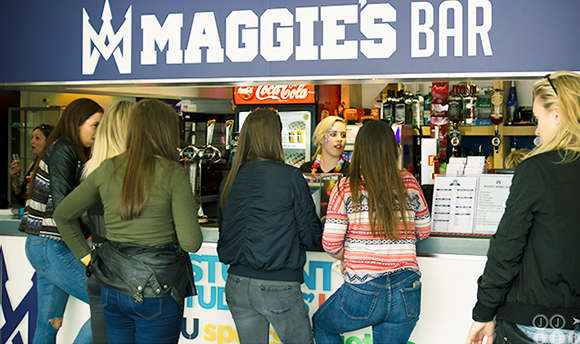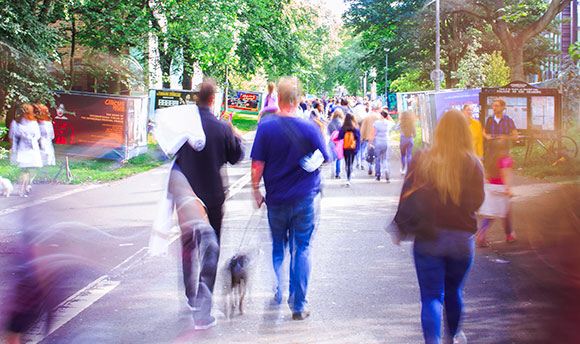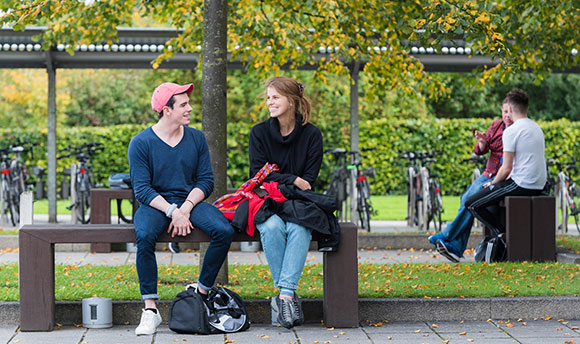Will ye no' come back again?
Will ye no' come back again?
Better lov’d ye canna be
Will ye no' come back again?
In late January, people across Scotland bask in a post-Burns night glow, full of poetry and ‘amber bead’, wrapped from the winter cold in a thick blanket of nationalism and sentimentality. I come to think of the words above, a Jacobite song that I had attributed to Burns since I’d first heard it as a child. It’s sung at Burns suppers, included in online playlists of his works, and generally accepted as part of the Burnsian canon. It was, however, written by a woman named Caroline Oliphant, a fact I only discovered during my recent practice-research work in Kilmarnock.
There is something of an alignment here between this realisation and the project itself, as its focus was exploring the life of Lady Anne Livingstone Boyd, Countess of Kilmarnock. While the Boyd family are not necessarily well-known outwith the realm of local Scottish historians, the most famous story surrounding Anne’s generation was her husband’s efforts on the Jacobite side at Culloden, his capture and then eventual execution at the Tower of London (a fate almost unheard of for repentant gentry in the 18th century). Anne’s life and story, however, is even more obscure.
As a theatre maker and researcher, I’ve been involved in several projects that seek to represent women’s histories, or what Morgan termed ‘herstory’, through performance work. The importance of heritage in forming and reinforcing gender stereotypes, and the lack of critique of this within museum and heritage spaces, has been a primary focus of my practice-research for close to a decade. In a country where heritage and tourism are so inextricably intertwined, there is far more work to be done on including narratives of women, alongside a whole host of unrepresented and underrepresented groups in Scotland. And, where there exists a lack of traditional documentation, I have previously argued there is a necessity for creative practice, myth making and storytelling to address the gaps.
In August 2022 I was commissioned by Celebrate Kilmarnock to create a new play based on the life of Anne Livingstone Boyd. Earlier in the year Kilmarnock-based artist Tom Lightbody had painted a mural of Anne in the centre of the town, and local authorities wanted to enhance engagement with her story through a new creative writing project with local schoolchildren.
There were two facets to this commission. The second involved the creation of a new script which was eventually performed by the children in November 2022, but here I focus on the first where in-school workshops which took place with a full year group over the course of four weeks. My work began with an assumption that the pupils would instantly take up the invitation to imagine an entire life for a woman who we know little of, but one of the challenges with this age group was the tension between fact and fiction. This is one of the key differences I have noticed between older and younger participants in using creative approaches to explore herstory.
However, at this stage in my research process where I am beginning to analyse all of the information gathered, I have surmised that the sense of authenticity was perhaps more pronounced due to the location of the work. This was a real woman who lived right in the centre of their town, her picture is painted in the town centre, people claim to see her ghost walking through local Howard Park on misty nights. As workshops went on, and as the children felt more secure in their knowledge of Anne’s life, a sense of artistic freedom became more present within the classroom; they had a framework that they could now thread with art, images, words. Once the timelines are collated and the official portraits examined, then comes the springboard for expression and for a poetic reimagining of Scotland’s history with women at the centre.
